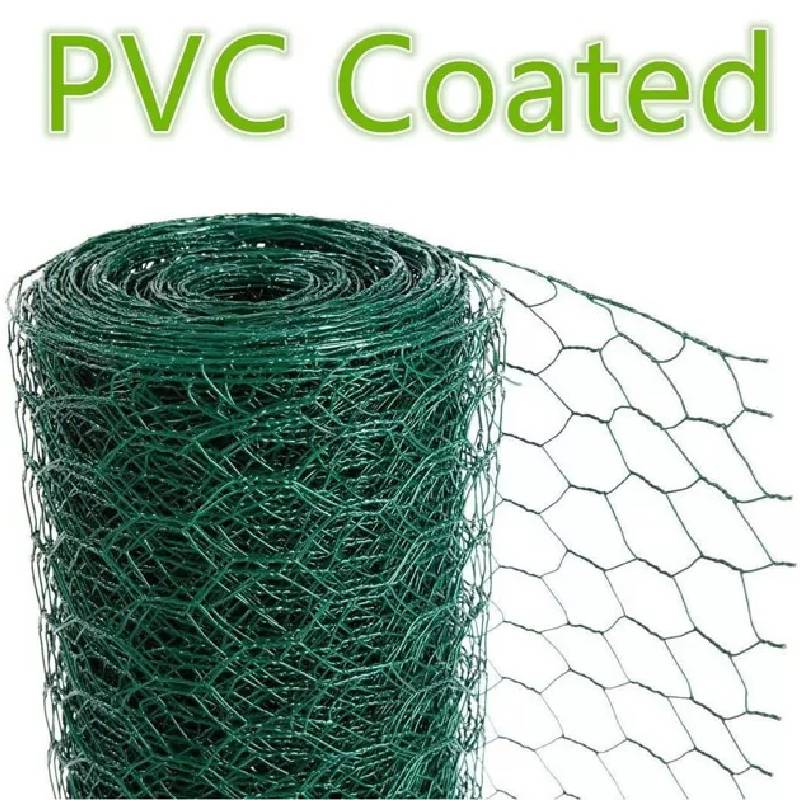
- Mobile Phone
- +8613931874955
- sales@cntcmetal.com
Understanding the Importance of Horizontal Masonry Reinforcement for Structural Integrity and Durability
Horizontal Masonry Reinforcement A Key Component in Building Stability
Masonry construction has long been a staple in architectural design, known for its durability and aesthetic appeal. However, the inherent characteristics of masonry, such as its brittleness and susceptibility to lateral forces, necessitates the incorporation of reinforcement strategies to enhance structural integrity. One of these strategies is horizontal masonry reinforcement, a critical element that plays a significant role in improving the overall performance of masonry structures.
Horizontal masonry reinforcement typically involves the use of steel bars or meshes placed within the mortar joints or embedded within the masonry units themselves. This reinforcement is strategically positioned to resist tensile forces that may act on a wall during events such as seismic activity, wind loads, or structural settlement. By redistributing these forces, horizontal reinforcement helps to prevent cracking and other forms of structural failure, ultimately extending the lifespan of the building.
The importance of horizontal reinforcement becomes particularly evident in areas prone to earthquakes. For instance, during an earthquake, lateral forces can cause masonry walls to sway and even collapse if they are not adequately reinforced. Integrating horizontal reinforcements, such as steel rods or wire meshes, into the masonry system can significantly enhance the ductility and energy absorption capacity of the wall. This proactive measure allows the structure to flex and redistribute stresses more effectively, reducing the likelihood of catastrophic failure.
horizontal masonry reinforcement

In addition to improving seismic resistance, horizontal masonry reinforcement also contributes to the overall stability of walls subjected to wind loads. Tall buildings or structures with large surface areas are particularly vulnerable to lateral forces caused by wind. Horizontal reinforcement can help mitigate these risks by providing a crisscrossing network of support that helps tie the masonry units together. This not only enhances the structural performance but also aids in maintaining the aesthetics of the building by minimizing visible cracks and damage over time.
Another essential aspect of horizontal masonry reinforcement is its role in load distribution. Masonry walls often bear additional loads from floors, roofs, and other structural elements. Horizontal reinforcement can effectively spread these loads throughout the wall, reducing localized stress concentrations that may lead to deterioration. This is particularly crucial in load-bearing walls, where the integrity of the entire structure relies on the performance of the masonry system.
The methods of incorporating horizontal masonry reinforcement can vary based on the type of masonry being used and the specific requirements of the project. In some cases, reinforcing bars can be placed in every third or fourth course of masonry, while in others, continuous reinforcement may be preferred. Building codes and standards typically provide guidelines for the appropriate spacing and size of reinforcement based on the specific conditions of the site and the intended use of the building.
In conclusion, horizontal masonry reinforcement is an essential aspect of modern masonry construction. It not only enhances the structural integrity and durability of buildings but also plays a crucial role in improving resistance to lateral forces, load distribution, and overall stability. As architects and engineers continue to push the boundaries of design, the implementation of robust reinforcement systems will remain pivotal in ensuring the safety and longevity of masonry structures. Investing in effective horizontal reinforcement is not merely a compliance requirement; it is a fundamental commitment to creating safe and resilient buildings for future generations.
share:
-
Your Source for Concrete Wall Ties and Masonry AccessoriesNewsJul.10,2025
-
Unlocking the Power of Iron Wire for Every ProjectNewsJul.10,2025
-
Explore Advanced Chain Wire and Stainless Steel Mesh FencingNewsJul.10,2025
-
Discover the Benefits of Annealed Wire ProductsNewsJul.10,2025
-
Discover China Stainless Steel Wire Mesh SolutionsNewsJul.10,2025
-
Build with Confidence Using High-Performance Masonry AccessoriesNewsJul.10,2025
-
Why Sacrificial Formwork Is Redefining Underground ConstructionNewsJun.06,2025



















